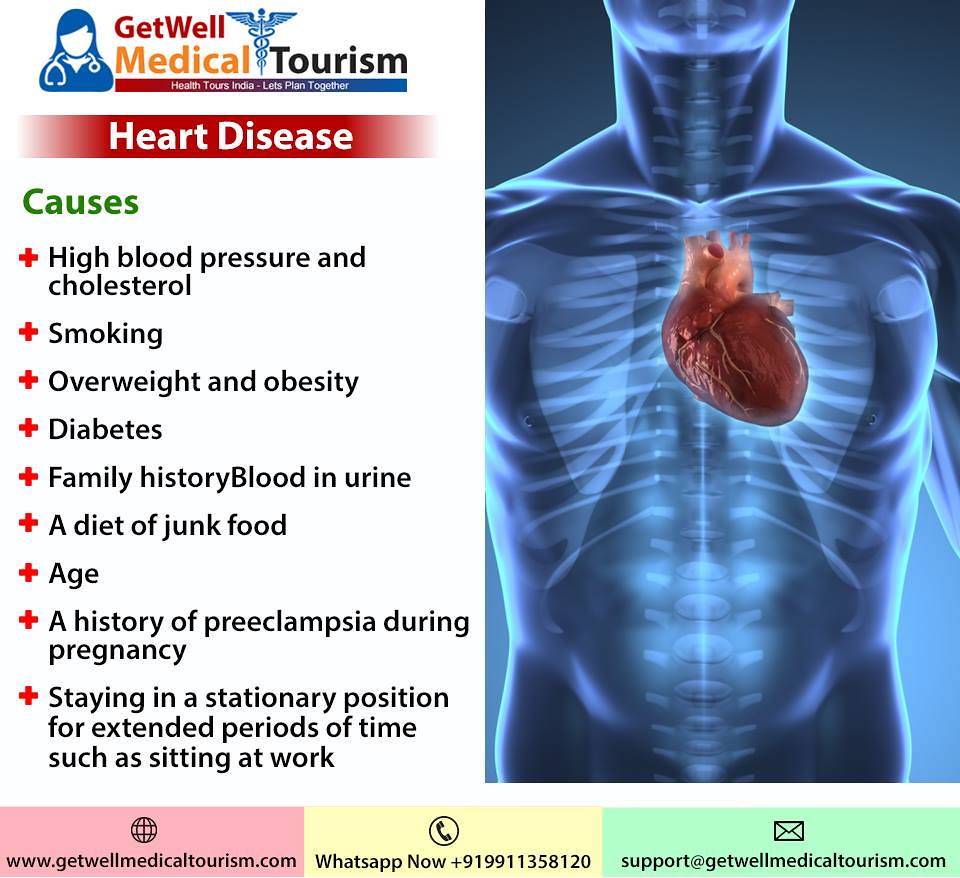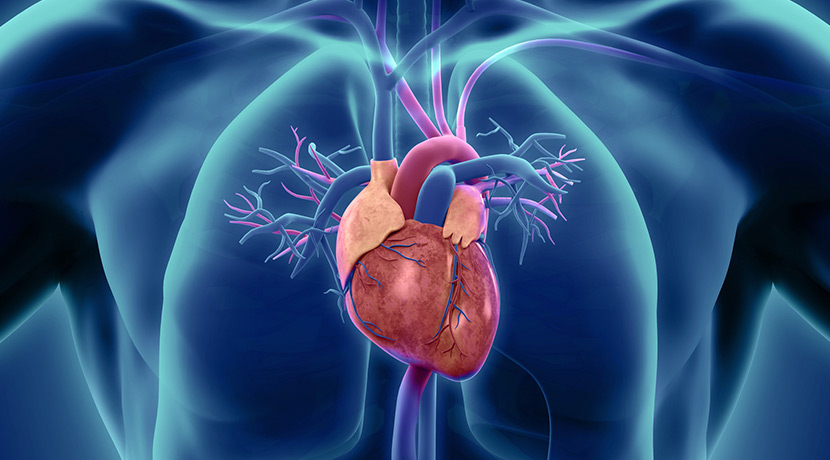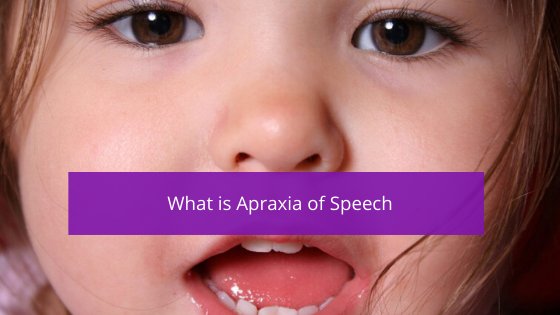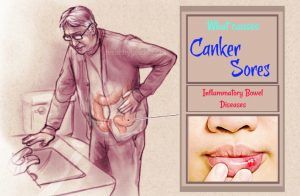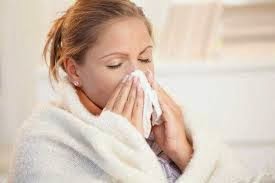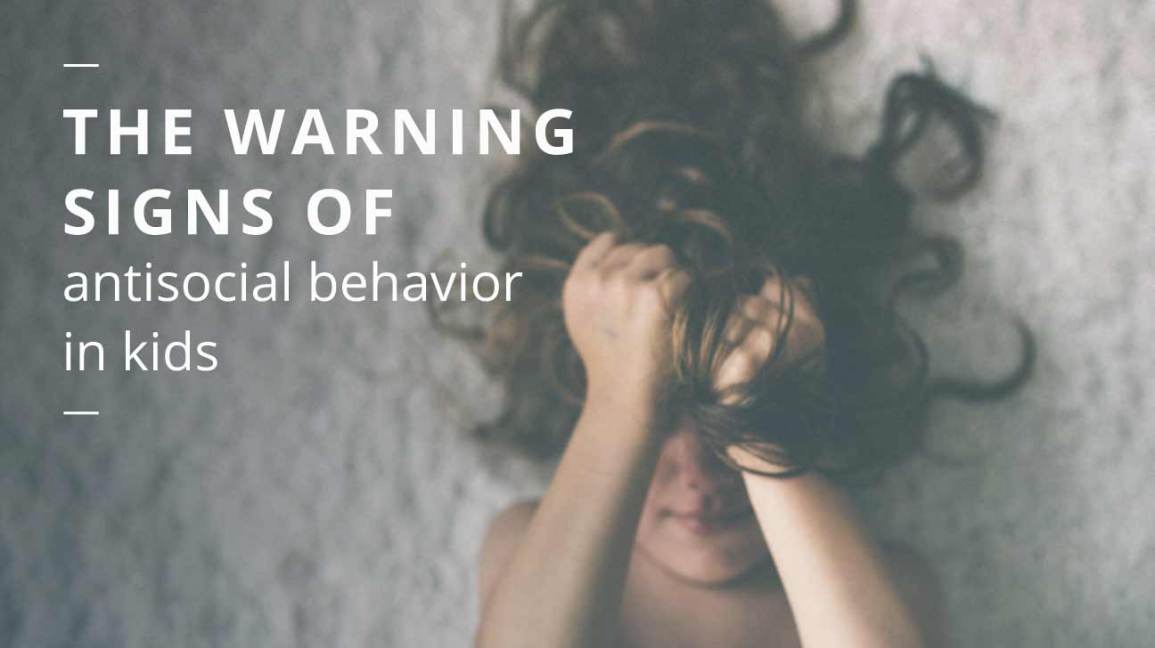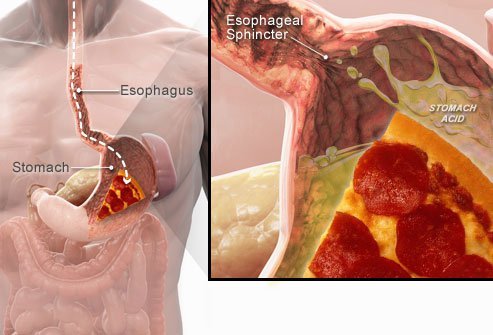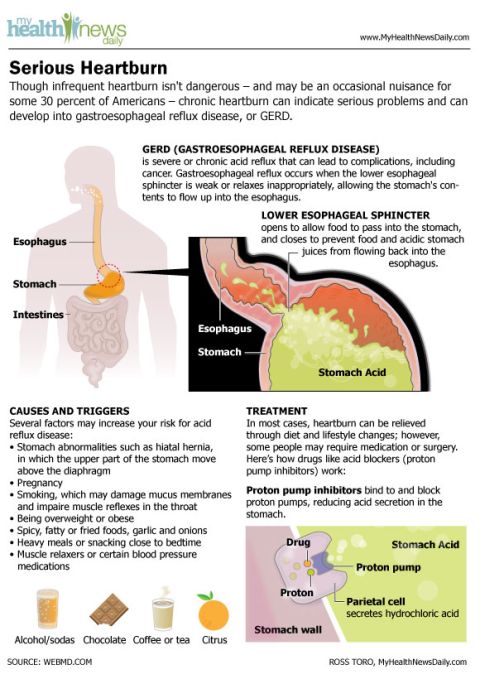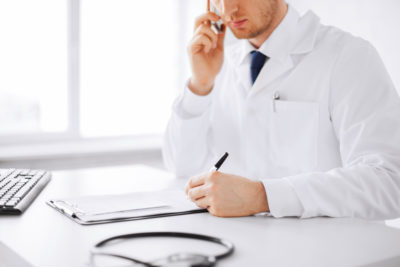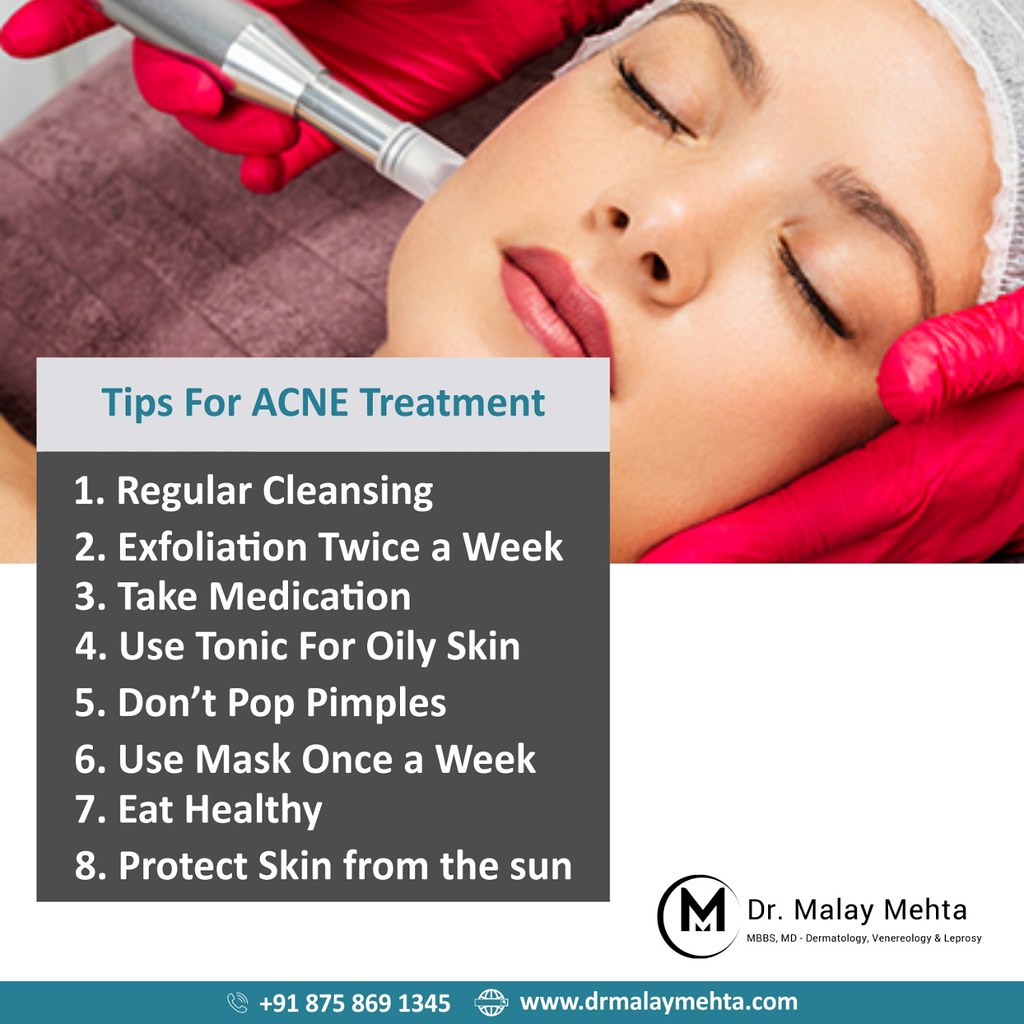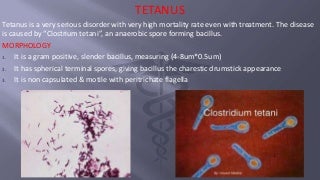
There are many different types of tetanus, each with their own characteristics. They are divided into four types based on the host organism and clinical symptoms. Although tetanus is a very common disease, there is no specific vaccine to prevent it. If you’re not immune to the disease, you can still get it – and it can be dangerous. You should discuss it with your doctor if you suspect you might have it.
The bacterial cause of tetanus is Clostridium tetani, which is usually found in dusts, dirt, and animal feces. If you come into contact with tetanus, the bacteria will enter the bloodstream through the skin’s surface and release a poison. This poison affects the nervous system and causes stiffness and hardness in muscles and joints. According to the Weekly Epidemiological Record (WER), there have been around 30 cases of tetanus in the United States in 2017.
Whether you have a tetanus infection is dependent on the type of infection and its cause. The most common tetanus type is generalized tetanus, which affects all of the skeletal muscle groups in the body. Local tetanus affects only a few muscles, such as the face. If tetanus spreads to the eyes, the symptoms can include severe swelling and a sore throat. The symptoms of tetanus can also include cramping and a lockjaw.
Neonatal tetanus is similar to generalized tetanus but affects infants under a month old. It is rare in developed countries. The bacterium that causes the disease is a gram-positive rod-shaped bacterium known as Clostridium tetani. It can grow in either vegetative or spore form and has the ability to multiply itself.
The symptoms of tetanus include stiffness and spasms of the muscles throughout the body. People who have had a deep wound or have had a skull fracture are at high risk. If you have had a tetanus infection, it’s important to seek medical attention immediately. There are several different types of tetanus. If you have a tetanus type, it’s important to know what type you have.
Generalized tetanus starts with the same symptoms as generalized tetanus but is more severe. In this case, after tetanus, convulsions and difficulty breathing may occur. The symptoms of tetanus are different for each type. The best way to prevent this disease is to get a tetanus shot, which is available in most places. You can find more useful and interesting information about health and treatment of diseases on the website https://www.saludremediosar.com/.
A common type of tetanus is generalized tetanus. The most common type is epistotonus, which causes mimic grimaces. It is important to know the symptoms of tetanus, as they are usually triggered by even minor external stimuli. When a child develops tetanus, the infection usually starts as a mild infection but can progress to more severe forms.
A more severe type is neonatal tetanus, which occurs in newborns and is the most common type. The symptoms of tetanus in this case are similar to generalized tetanus, but the risk factor for neonatal tetanus is increased if the mother is not vaccinated. It is common for a newborn to develop tetanus if they have not previously been exposed to tetanus.
Generalized tetanus is the most common type of tetanus. The most common symptoms are lockjaw, sardonic rice, and stiff neck. Other symptoms may include labile blood pressure and breathing problems. The most common symptom is downward muscle spasm. The most dangerous form of tetanus is the most severe.
There are three types of tetanus. The most common type is generalized tetanus, which causes severe muscle spasms and can even be fatal. It is most common in animals and infected people should be treated immediately. However, you should not be afraid of an outbreak of tetanus – often a weakened immune system develops.
Among the various types of tetanus, tetanus is the most common type. The bacteria that causes tetanus is transmitted through infected wounds. Infections occur when tetanus spores infect a wound and become activated. The bacteria produce a toxin called tetanospasmin, which attacks human muscle and skeletal tissue.
